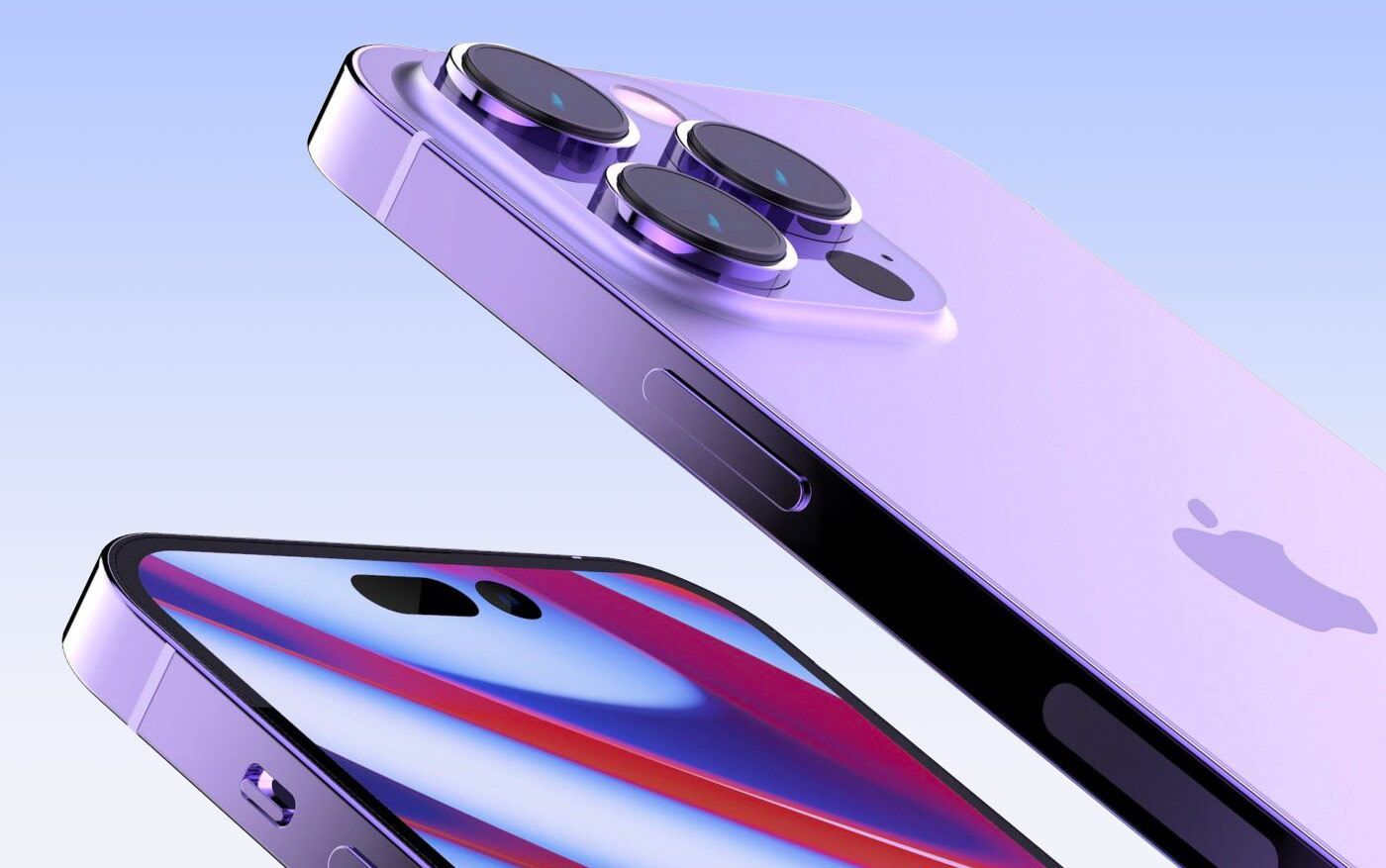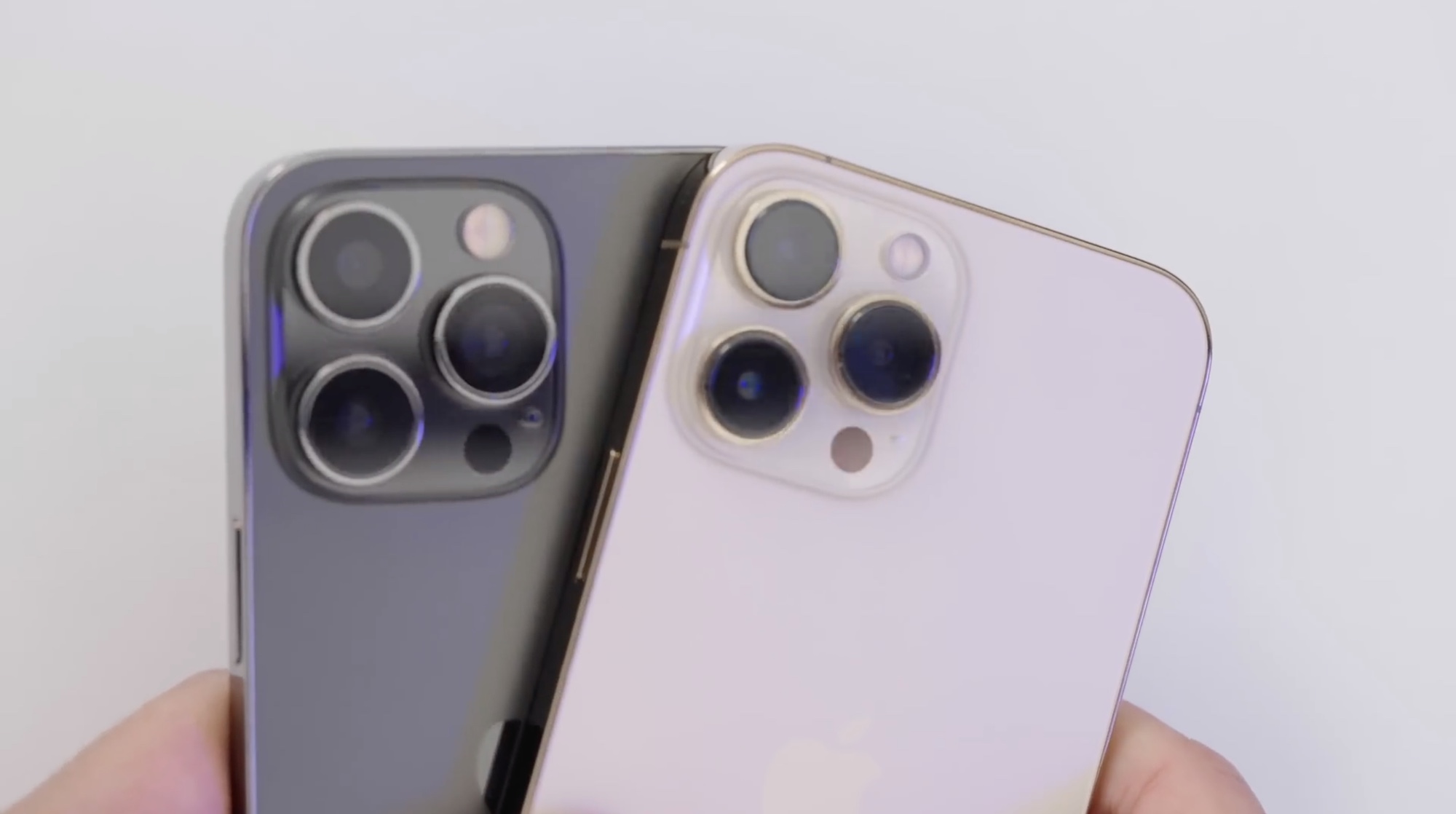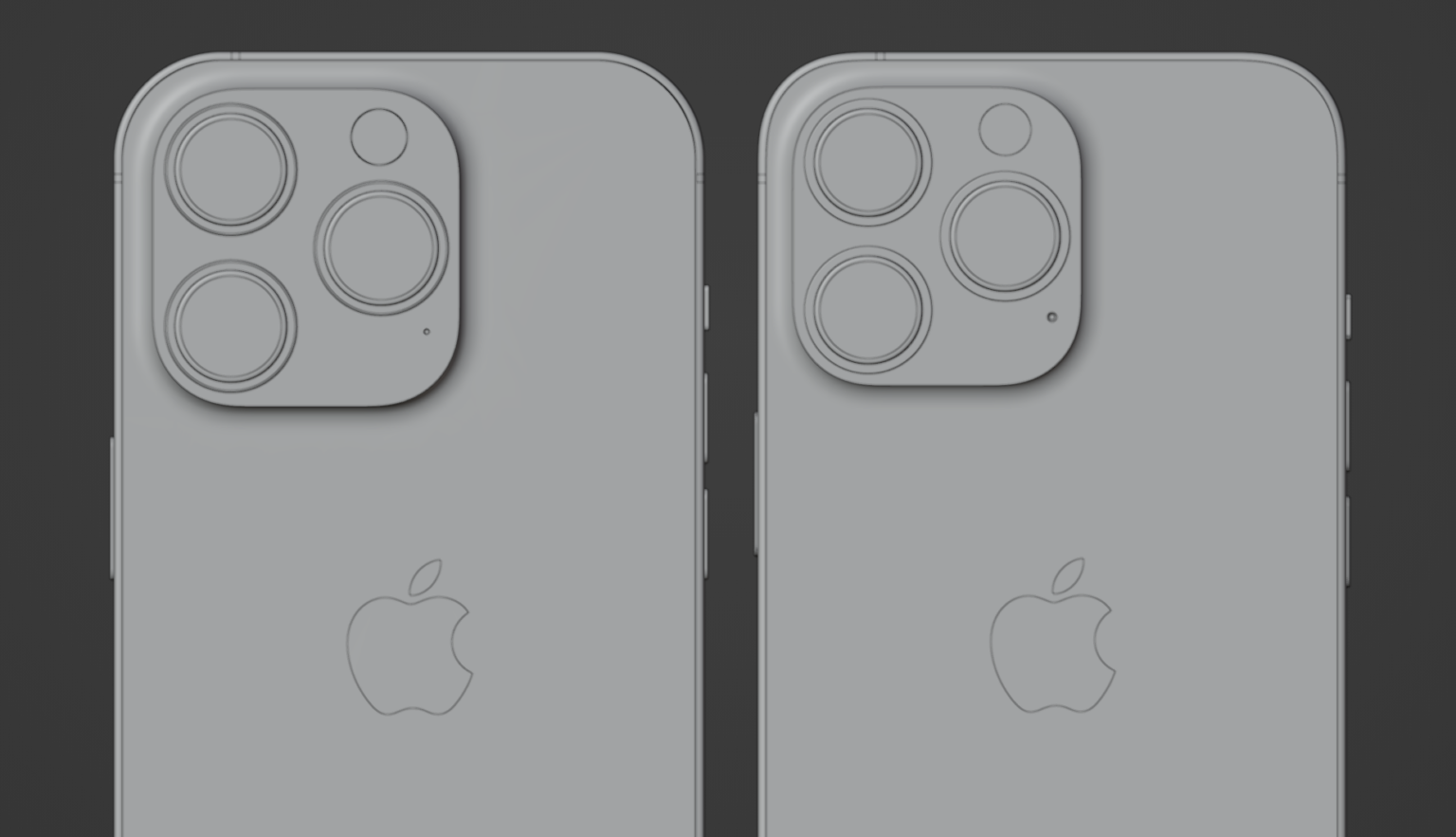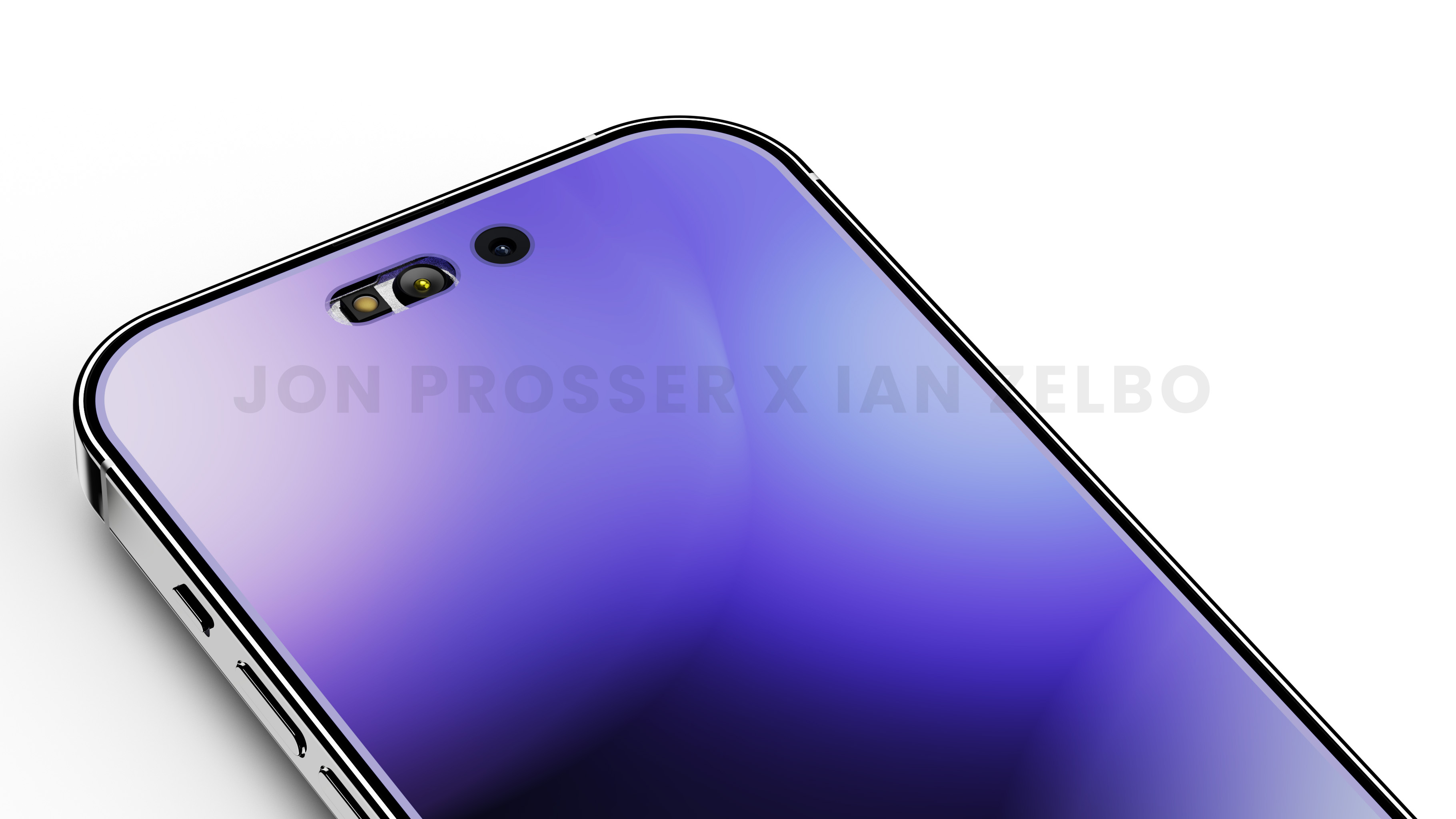iPhone 14 cameras — biggest rumored changes for the new iPhones
Here's what Apple could be planning for the cameras on its upcoming phones

List the iPhone's strengths that rank it among the best phones to own and you'll likely place cameras near the top of that list. So naturally, there's a lot of focus on what Apple's planning to do with the iPhone 14 cameras when its new phones arrive in the fall.
Not that Apple has told us anything — the company is notoriously close-mouthed about unannounced products. But leakers, analysts and other Apple watchers aren't so circumspect. A fair number of iPhone 14 camera rumors have surfaced in advance of the likely fall launch date, giving us a pretty good idea of what to expect from the new models.
As with a lot of iPhone 14 rumors, it sounds like the more significant changes are coming to the iPhone 14 Pro models, highlighted by a big improvement to the main camera on Apple's higher-end phones. But you can expect some improvements for the standard iPhone 14 as well that should once again make these handsets contenders for the title of best camera phone.
Note that rumors at this point are largely focused on camera hardware, as that's the sort of information Apple analysts can glean from the company's supply chain. Software improvements, like the Cinematic mode Apple added as part of last year's iPhone 13 release, should leak out closer to the iPhone 14 release date, if past iPhone rumors are anything to go by.
With that said, here's a closer look at the biggest rumored changes coming to the iPhone 14 cameras and what those moves could mean for your mobile photos and videos.
You can also check out our iPhone 14 vs iPhone 11 comparison to see what upgrades could be in store.
1. A bigger main camera for the iPhone 14 Pro
Easily the biggest camera change coming to the iPhone 14 lineup involves the main camera on the iPhone 14 Pro and iPhone 14 Pro Max. The Pro phones are both expected to use 48MP sensors for their main wide camera. That would be a big improvement over the 12MP cameras on the current iPhone 13 Pro models. And really, it would mark a significant change for Apple overall, since the company has used a 12MP camera as the main lens on the iPhone since 2015.
Sign up to get the BEST of Tom's Guide direct to your inbox.
Get instant access to breaking news, the hottest reviews, great deals and helpful tips.
Most Apple observers expect this change to be limited to the Pro models, with the iPhone 14 and iPhone 14 Max (or iPhone 14 Plus, if you believe the rumor of a different name for Apple's lower-priced 6.7-inch handset) turning to the same 12MP sensors as before. In fact, a look at the iPhone 14 vs. iPhone 14 Pro rumors suggests most of the big changes are earmarked for Apple's Pro phones.

Boosting the megapixel count on the iPhone 14 Pro's main cameras would let the phone capture higher-resolution shots with greater details. It would also give photo pros more to work with and manipulate when editing photos, signaling perhaps a more feature-rich pro mode for the iPhone 14 Pro's Camera app.
But there are other implications to a 48MP main camera besides resolution. For instance, Apple could turn to pixel-binning, in which pixels are combined together. In darker settings, that allows the combined pixel to capture more light and reduce noise. The end result would be better low-light photography, though at the expense of resolution.
Another key thing about a 48MP sensor as the iPhone 14 Pro's main camera — it would clear the way for Apple's Pro phones to capture 8K video. Right now, the iPhone 13 Pro tops out at 4K video recording at 60 fps. A higher-resolution sensor removes the hardware limitations on capturing 8K video, and would allow the upcoming iPhone to match the video recording features of some Android phones such as the Samsung Galaxy S22.

There's another implication to Apple turning to a 48MP main sensor that goes beyond photo capabilities. Apple would need to increase the size of the camera lens to accommodate the larger sensor. That means a wider, thicker camera bump on the iPhone 14 Pro models — a change that leaked schematics for the upcoming phone seemingly back up.
2. Improved front cameras for all iPhone 14 models
The iPhone 14 isn't getting frozen out when it comes to camera changes, but the most significant rumor involves the front camera on the upcoming phone. Analyst Ming-Chi Kuo contends that all four iPhone 14 models will get an upgraded selfie cam, improving upon the 12MP TrueDepth camera that made its debut with the iPhone 11 lineup.

Specifically, Kuo forecasts that the aperture on the iPhone 14's front camera is getting bigger, going from f/2.2 to f/1.9. That should let in more light and create cleaner images when you snap selfies or launch FaceTime conversations. Speaking of FaceTime improvements, Kuo also thinks the front camera will get built-in autofocus, which should lead to sharper video on calls.
In addition, the new front camera is tipped to feature a 6-element lens, an improvement over the 5-element lens used by current iPhones. As we learned when the iPhone 12 switched to a 7-element lens from a 6-element lens, the more elements there are, the better the image quality. Specifically, the additional element can correct distortion and aberrations in image for a better overall shot.
3. No periscope-style zoom lens
We hate to be the bearers of bad news, but a big iPhone 14 camera rumor deals with a feature that's not coming to the Pro models. Early rumors had suggested Apple might turn to a periscope-style telephoto lens on the iPhone 14 Pro and iPhone 14 Pro Max. That design would clear the way for Apple increasing the optical zoom on its phones, positioning the iPhone to better compete with Samsung's flagships on this front.
Right now, Samsung's Galaxy S22 Ultra is the unquestioned king of zooming, thanks to two telephoto lenses that offer 3x and 10x optical zooms respectively. With the help of software, these lenses can also support a 100x space zoom for ridiculously close-up shots. (You will need to put the S22 Ultra on a tripod to reduce any blur resulting from handling the phone.) The iPhone 13 Pro, with its 3x zoom, has a hard time keeping up. Just look at these Galaxy S22 Ultra zoom shots in action.
A periscope-style lens is still on track for future iPhones — just not the iPhone 14 Pro. Kuo expects it to arrive next year, and other iPhone leakers now back that claim, especially with word coming out Apple's supply chain that the final design of the iPhone 14 Pro doesn't include a periscope lens.
4. Autofocus for the iPhone 14's ultrawide camera
Here's an older rumor that doesn't get much attention these days, but as far as we know, it's still on the table for a potential iPhone 14 camera improvement. The ultrawide camera on the iPhone 14 and iPhone 14 Max could add autofocus.
If true, that would mirror a feature Apple added to the iPhone 13 Pro and iPhone 13 Pro Max ultrawide lenses. It could also clear the way for the standard iPhone 14 to adopt the macro mode that the ultrawide lenses on Apple's Pro models currently support.

This rumor actually dates back to before the iPhone 13 release when Ming-Chi Kuo — yes, him again — tipped the world off to the autofocus feature headed to the iPhone 13 Pro's ultrawide camera. At the time, Kuo said the feature would then be added to Apple's other phones with the iPhone 14. The first part of that prediction came true last fall; let's see if the second part holds up this year.
Next: The iPhone 14 Pros have been tipped for a price hike. And a new patent just revealed how future iPhones could work underwater.
Philip Michaels is a Managing Editor at Tom's Guide. He's been covering personal technology since 1999 and was in the building when Steve Jobs showed off the iPhone for the first time. He's been evaluating smartphones since that first iPhone debuted in 2007, and he's been following phone carriers and smartphone plans since 2015. He has strong opinions about Apple, the Oakland Athletics, old movies and proper butchery techniques. Follow him at @PhilipMichaels.

